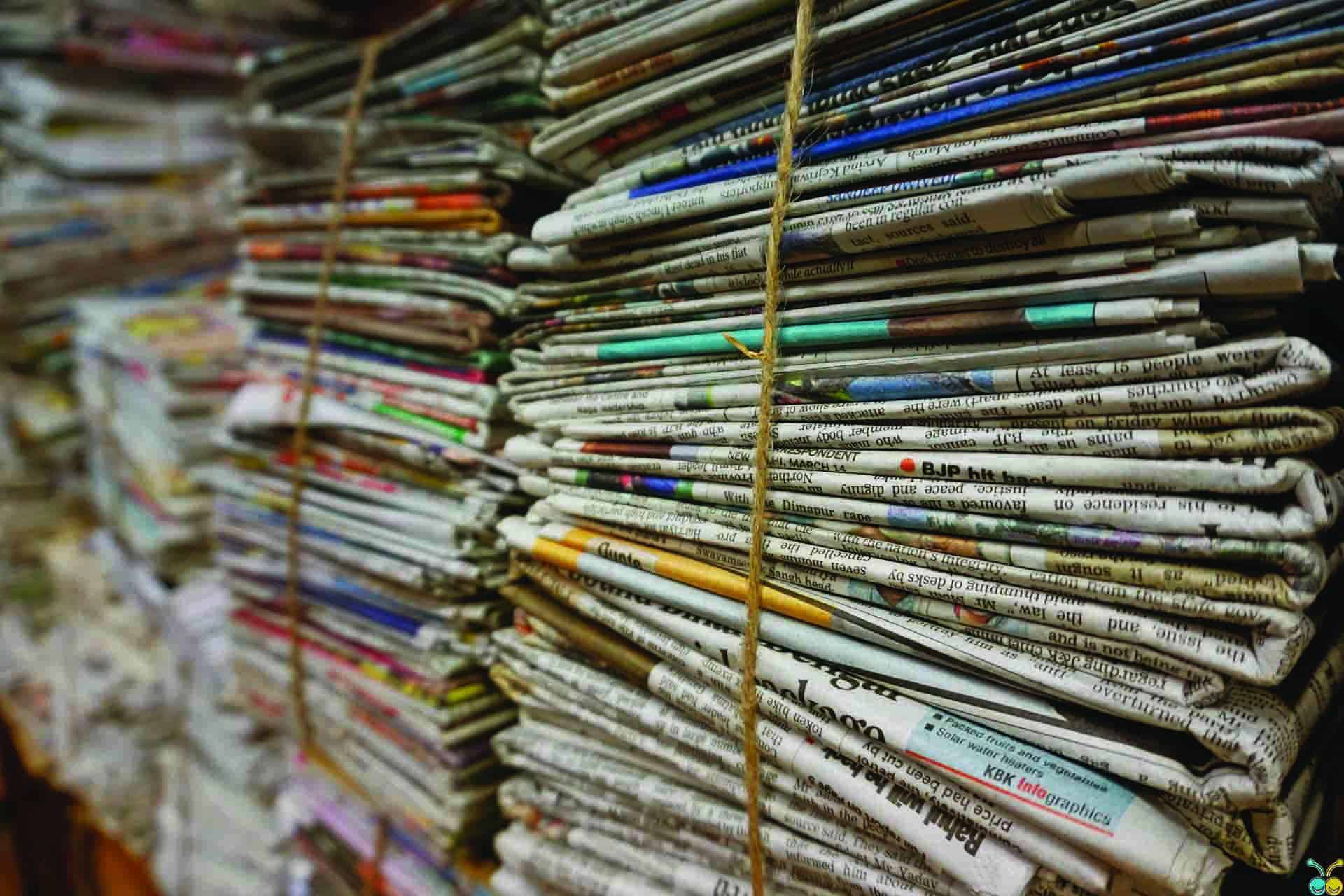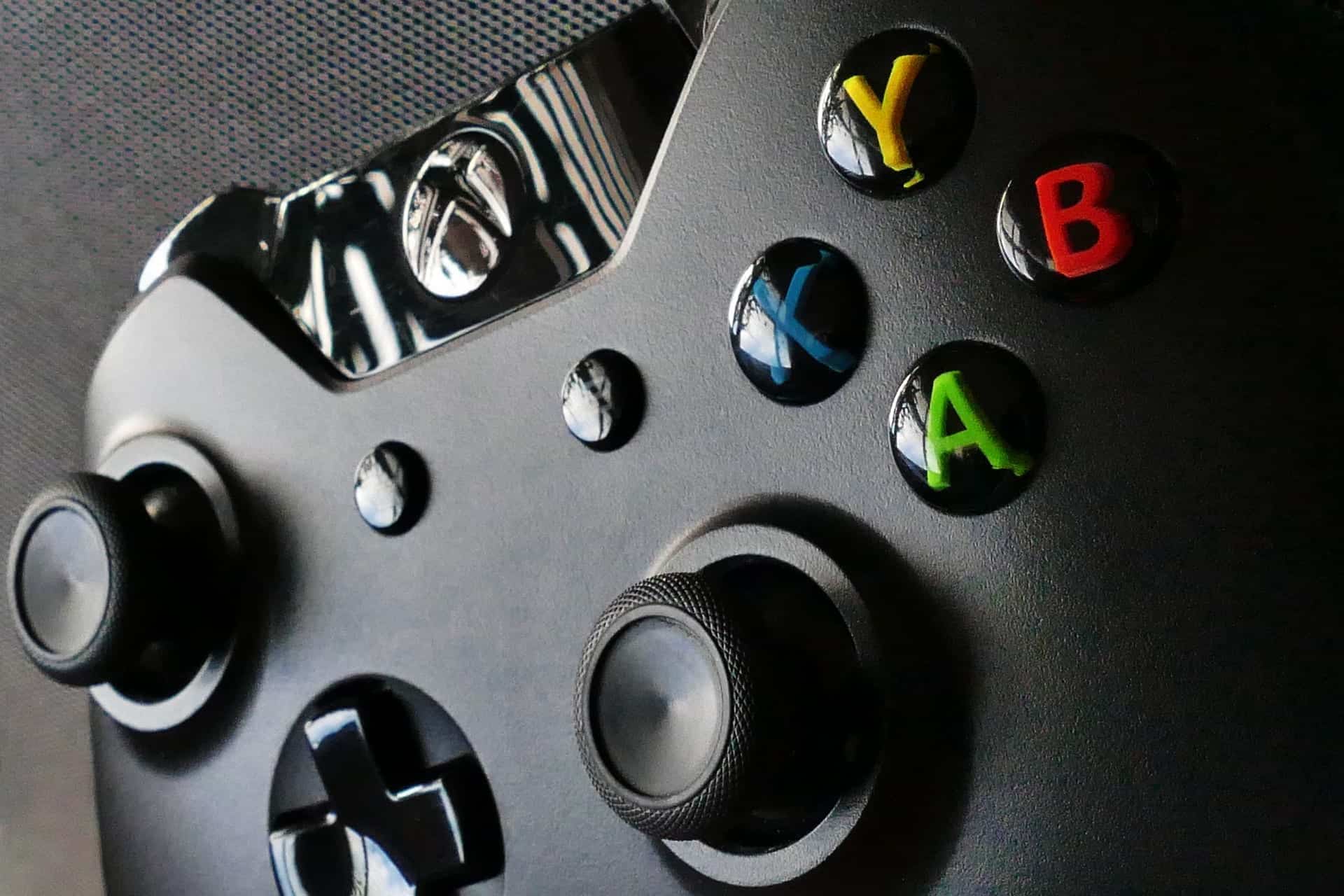Ye olde booke shoppe

A bookworm’s guide to conquering the used bookstore
This year, why not try putting some actual books on your bookshelf?
I have never been to an independent bookstore that’s the same as another, and I think that’s the beauty of them. While each bookstore has its own layout, scouring shelves upon shelves of literature is an expedition to find the next best binge read. From The Communist Manifesto to a historical fiction novel about the Bermuda Triangle, you can find any book you are looking for, or even ones you didn’t know you were looking for.
On previous summer vacations as a child, something my family and I would do when we had a few hours to spare was to go to used bookstores. Lots of the books from those stores have still remained some of the best books I have ever read. Often, they have lots of information about the culture and the history of the area you are in written by local authors. On shorter road trips, it is well worth spending a half-hour perusing a used bookstore to find a book that may not still be published.
Independent and used bookstores are where you will always find some of the most unique and exciting reads. People dump books off by the carload to keep them from cluttering up their bookcases, which provides a massive selection of new and old releases. From books published this year to books found initially, lots of books have immense worth. A first edition of Harry Potter and the Philosopher’s Stone sold for 67,000 euros which is the equivalent to 115, 924.02 dollars, one of 500 hard copies initially published. Believe it or not, people do make a killing off selling valuable books.
Lots of bookstores primarily focus on popular books from new authors, which are only available for a few months and then get cycled out after a few months. Finding many smaller, B-rated authors and books at the used bookstore is very common and should not be taken for granted.
For those of us who are guilty of turning to “The Top 10 Books of *insert year here*,” for their newest read, look no further than the second-hand bookstore for an abundance of books on that list. Many people do not read books twice (but we all have those our favorites) and so they are quickly donated. One of the best pieces of advice I have ever gotten is to wait a year. After a year, you will find the best-selling novel you were eyeing up at Indigo.
Books are expensive. The average costing book is approximately around 20-25 dollars. Second-hand stores sell for fractional prices of the original costs. I have never paid over ten dollars for a donated book. Buying used is obviously going to be cheaper, for the price of a new book, you could be walking away with four used books.
Trendy books often work their way back into the buying and selling system. Series like Harry Potter, Lord of the Rings, and Dune are almost always fully supplied and in excellent condition. Furthermore, famous authors such as Stephen King, John Green, and John Grisham have shelves dedicated to their own work. The classics are always there in quantities, including my latest trip. I found Pride and Prejudice, To Kill a Mockingbird, and A Clockwork Orange without even looking for them. They are still the same book, just with older covers.
Upon the arrival of the second-hand bookstore, make sure you have a plan. And if you are looking for a specific book, ask the owner. They never fail to know what they have on their shelves, and they often have everything filed and organized so that it can be found with a quick search on a computer. If you are just going to take a look, pay attention to the way they manage everything. Like I said before, they are drowning in genres and sub-genres of books, which has allowed for the emergence of hyper-specific categories that genuinely have the most original content.
I’ve found some incredibly hyper-specific genres over the course of my bookstore journeys, including “daring activities” and “nautical nonsense.”
If you are just going to browse, pay attention to how things are categorized. Often signs will hang from the ceiling indicating what general genre you are in but look to construction paper sticking out of bookcases for further areas of specification. Second-hand bookstores are often very well organized to keep up with the mountain of books that are received each day.
Mediums to pay attention to are audiobooks, magazines, comic books, and graphic novels. The endless finds in these categories can have you reading at all times of the day. Audiobooks are great for roundtrips; magazines give you something easy to read when you can’t sit and delve into a novel. The number of comics is genuinely baffling, Garfield, Beetle Bailey, and Calvin & Hobbes are among some of my favorites to choose from. Just as you need stimulating reading materials, you also need to allow for reading materials to relax you at the end of the day.
While most used book stores are specifically used bookstores, many have been customized with coffee shops, and vinyl cafés alongside them. Some even get a little more unique by including museums alongside them.
While bookstores can be the most analytical of second-hand stores, they can also beat the smell of other secondhand shops. The smell of old paper is just a little more special than new books and other used items.









